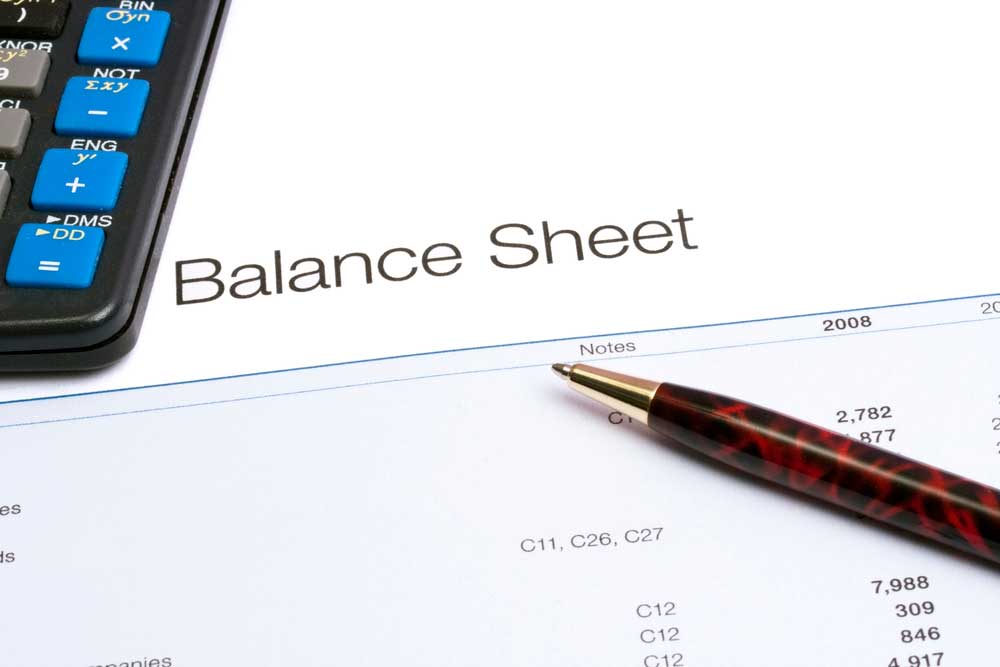It has been said that Accounting is the language of business because it communicates the financial condition and performance of a business entity through the financial reports accountant produces, which are popularly known as Financial Statements.
Aside from the fact that financial statements are required annually by the BIR and/or SEC, there are a lot of reasons why financial statements are important.
Financial statements comprises of the following:
- Statement of Financial Position (also known as Balance Sheet)
- Statement of Financial Performance (also known as Income Statement or Profit & Loss Statement (P&L))
- Statement of Cash Flow (also known as Cash Flow Statements)
- Statement of Changes in Equity
- Notes to Financial Statement
In this article, You will learn the use of balance sheet and why it’s important that you learn how to interpret it.
What is a Balance Sheet?
In simple terms, balance sheet (now referred to as Statement of Financial Position) is a financial report which shows the overall financial condition or health of the company.
Elements of a Balance Sheet
To be able to interpret the balance sheet, you need to understand the elements comprising it.
The whole accounting cycle revolves around these three (3) important elements:
- Assets. These are the properties invested to the business to be used in its operation. Such as cash, inventory, vehicle, building, etc.
- Liabilities. These are legal obligations of the business such as loans.
- Equity. These are cash or non-cash items invested by the owners/investors.
Uses of the Balance Sheet
Below are some of the uses and importance of a balance sheet:
1. To Determine If Working Capital is Enough
The balance sheet is used to determine if the business has enough working capital to sustain its operation.
Working capital is the difference of current assets less current liabilities. It measures if the company still has enough current resources after deducting its due loan or obligations. If the result of computation is positive, that means the company is still doing okay. On the other hand, if the computation becomes negative, that means the company is in trouble. There’s a high risk of bankruptcy or inability to continue operating.
2. To Know the Business Net Worth
Net Worth is defined as the true value of an entity. It shows how rich or poor it is. It is computed by the difference of total assets less total liabilities.
In simple terms, net worth is the amount the investor/owner owns from the company after deducting all the liabilities.
3. To See If The Company Can Sustain Future Operation
By looking at the balance sheet, you can determine if the company can sustain future operation. To do this, look at the value of its non-current assets such as property, plant and equipment. If the total is higher than the current assets, it means the company has plans to sustain future operations. On the other hand, if the amount is already lower than the current assets, it can be an indication of inability to sustain future operation.
4. To Identify If There’s Possible Issuance of Dividend
Most business owners/investors are interested to know if when will they receive returns from their investment. Such returns can be in the form of Dividends. Dividends are issued if the company is profiting and has high amount of retained earning.
The balance sheet shows the balance of retained earnings. By looking at it, you can determine if the company has enough retained earnings or not.
Aside from the ones listed above, there are many other uses of balance sheet and it is really important for business owners to learn how to interpret it or have someone to interpret it for them.
If you have further questions about this topic, please feel free to leave a comment.


esthe justine says
thank you for the above explained uses and importance of balancesheet, will you help me to know more on the
uses of balance sheet? thank u in advance!